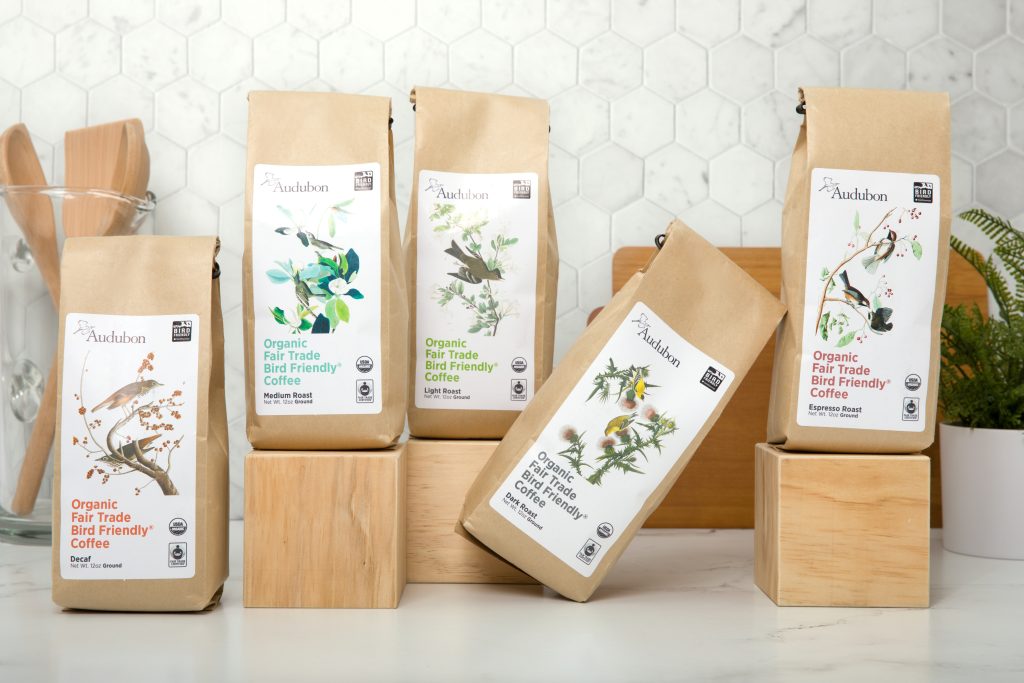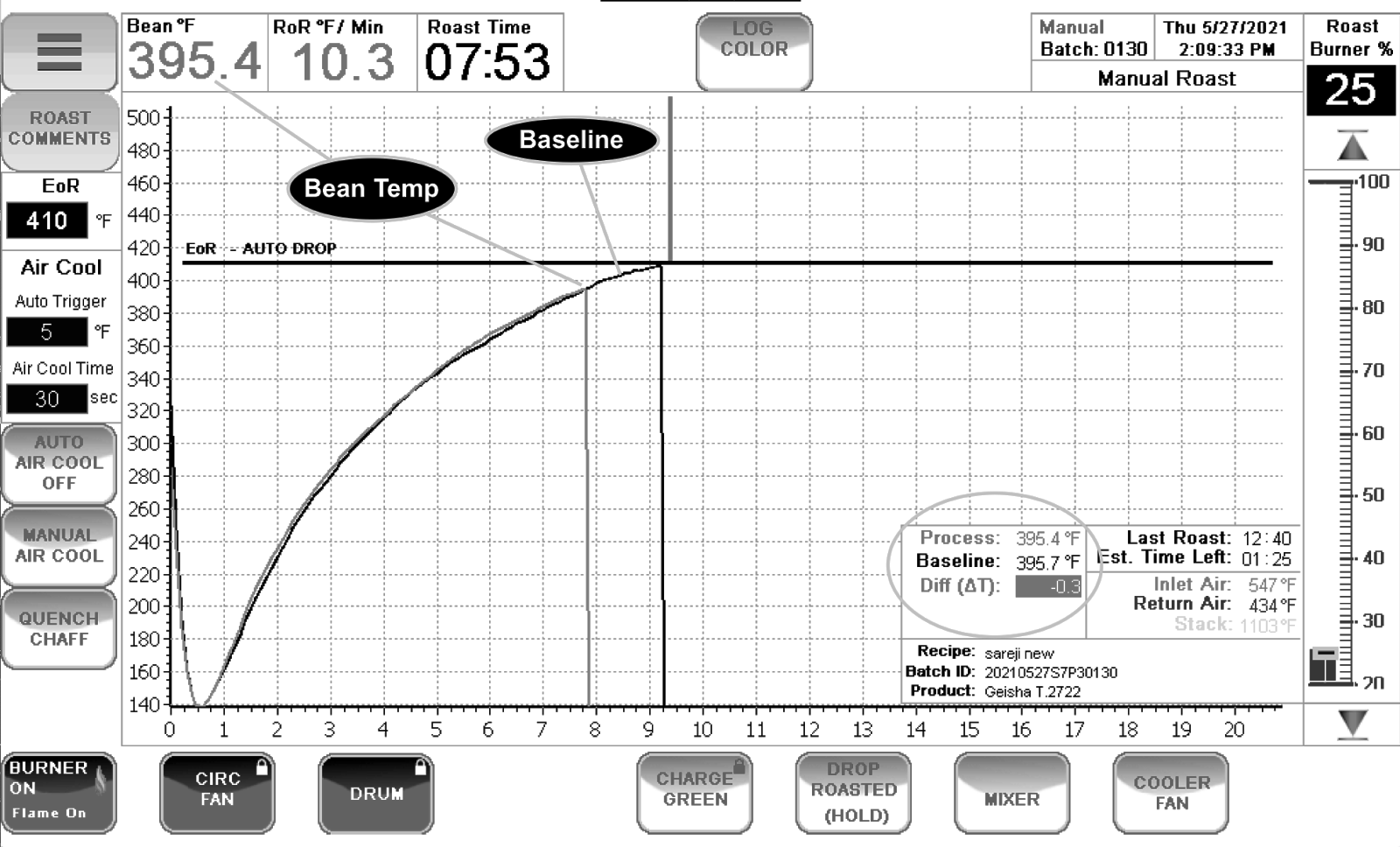At its best, specialty coffee can exhibit more flavour molecules than wine! Flavours of fruit, chocolate, nuts, caramel, spices, flower and more can be found in the cup. For this to be possible, everything has to be right from the seed to cup. This requires high standards in cultivation, milling, storage, roasting, blending, and brewing.
Specialty coffee is high grade Arabica coffee with pleasing flavour characteristics. The specialty coffee business has been promoted and nurtured by coffee organizations such as the Specialty Coffee Association (SCA, formerly SCAA). They have set standards, shared information, and educated stakeholders and the public since 1982. During this time they have seen huge growth in the specialty coffee market largely due to their efforts.
Where the driving factors of commodity coffee are price and availability, specialty coffee enthusiasts are motivated by quality and pay significantly more for their coffee. The SCAA (now the SCA) set the bar for quality coffee and provided a basis for the industry back in 1982. They established objective standards to green coffee based on number of visible faults and size consistency. They also established a cup scoring system similar to that used in wine. Specialty coffee must score over 80/100 by qualified coffee cuppers.
The SCAA were a force that resulted in an alternate supply chain focused on quality and flavour. This was critical to ensure results of the higher standard of care was not degraded by mixing with the uncontrolled quality of commodity beans. Similar to wine, terroir is a factor in coffee: factors including soil, shade cover, hand picking, microclimate and others impact the flavour. Also the processing method, in which the coffee cherry pulp is removed and the beans are hulled, has an impact on flavour profiles.
Specialty coffee is restricted to Arabica beans. There are a number of subspecies (bourbon, caturra, typica and more) each with its own cultivation characteristics: some are more or less susceptible to rust, some do well in lower elevations, some only do well in higher elevations, some have higher yield, and each has its own flavour and quality characteristics.
The best varietals produce the best coffee at high elevations. The SCA awards the designation hard bean (HB) to coffee grown above 3000’ and strictly hard bean (SHB) to coffee grown above 4,000’. These have tended to be remote forested areas: the same regions that are the best candidates for Bird Friendly coffee cultivation.

You can rely on the National Audubon Society’s coffee program to offer certified organic Bird Friendly specialty coffee! All our coffees are high grown (aka hard bean) arabica from current crop. We profile roast using our Loring smartroast system so our roasts are consistent throughout the crop. And we adjust the roast with every new crop.
We roast to order so the flavours are fresh and balanced in the way we intend. Coffee staling can ruin a great coffee. So we were the first coffee roaster in Canada to roast date all of our coffee back in 2001!
Ok, I’ve got my freshly roasted Bird and Beans FTO Bird Friendly specialty coffee now what?
You’ll need clean coffee equipment in serviceable condition. Your brewer has to brew between 195 F and 205 F. If it has a warming burner, turn it off as soon as the coffee is brewed. Active heat destroys the flavour molecules remarkably quickly.
Your coffee should be ground within 4 hours of brewing, so its best purchase beans and grind them when you want to serve your coffee. Even a blade grinder is better than purchasing ground coffee, but a consistent grind is more important that is often recognized.
The coffee coarseness should match the brewing method. Under extracted or over extracted coffees will not provide the balance of flavour designed by the roaster. Here is a great article about the importance of the grind setting and pair grind setting with brew method.
Brewing methods include espresso, and an ever expanding set of infusion methods: automatic drip, and manual methods like aeropress, Chemex, hand drip, French press and more. Here is a link to resources on many brew methods.

The SCA water to brewing ratio is ~7g-9g for a single espresso and 55g/litre for infusion methods. Here is a post on how to translate this for infusion methods, and here is a post on preparing espresso.
We can go on forever about the nuances of coffee. There seems to be infinite breadth and depth to great coffee!
But it is easy to brew a great cup of National Audubon Society’s high grown specialty arabica coffee: try it the way you brew your coffee now!

